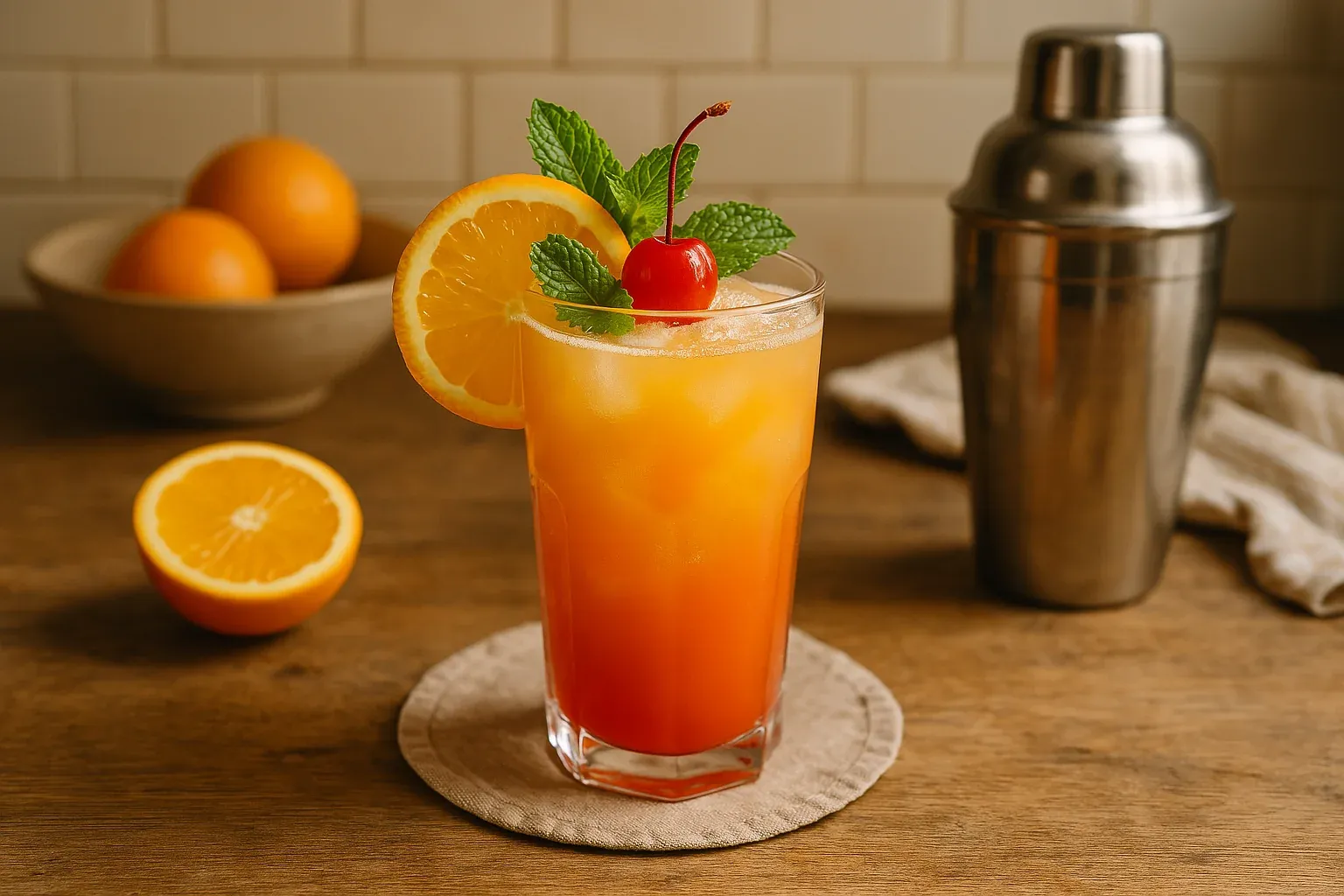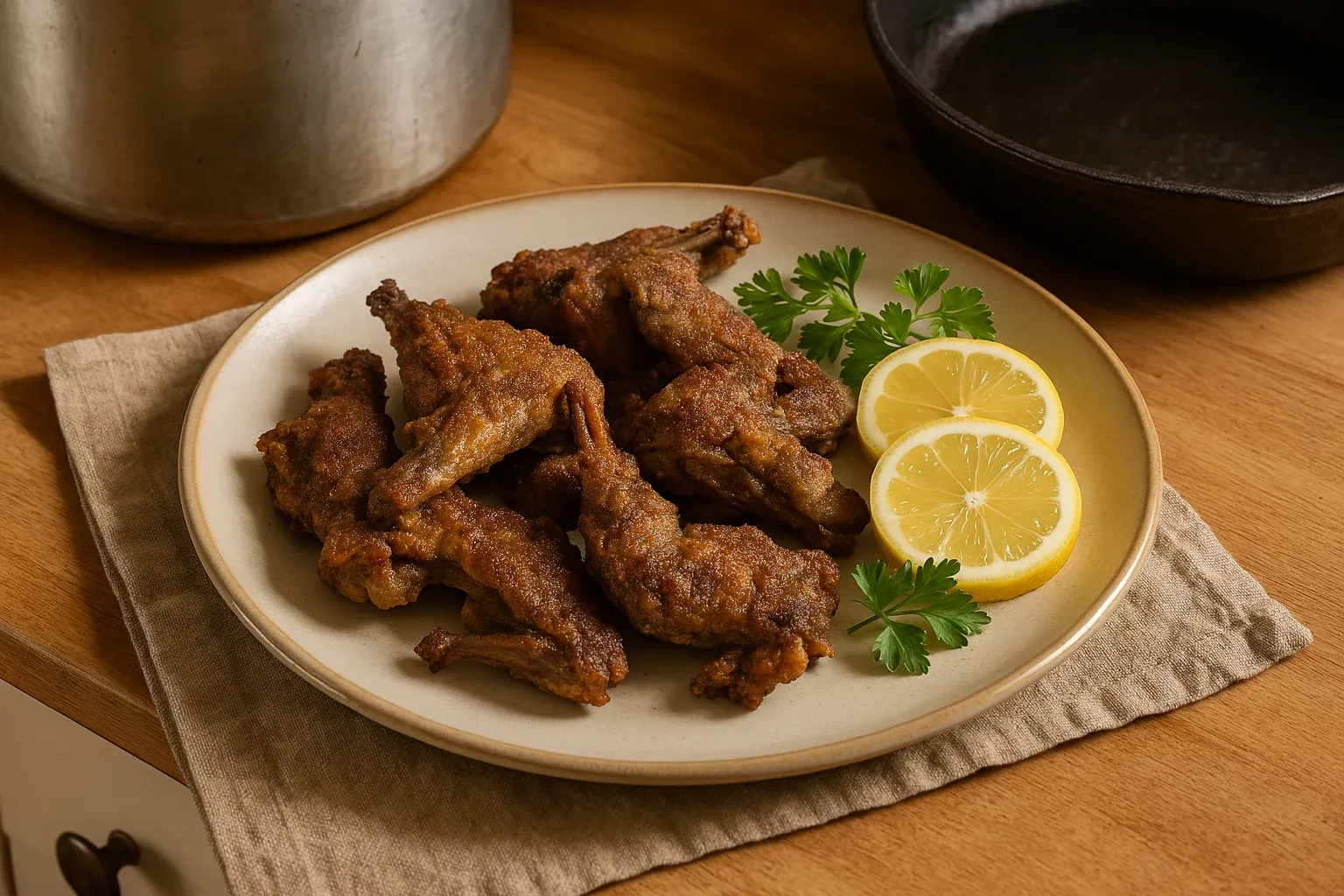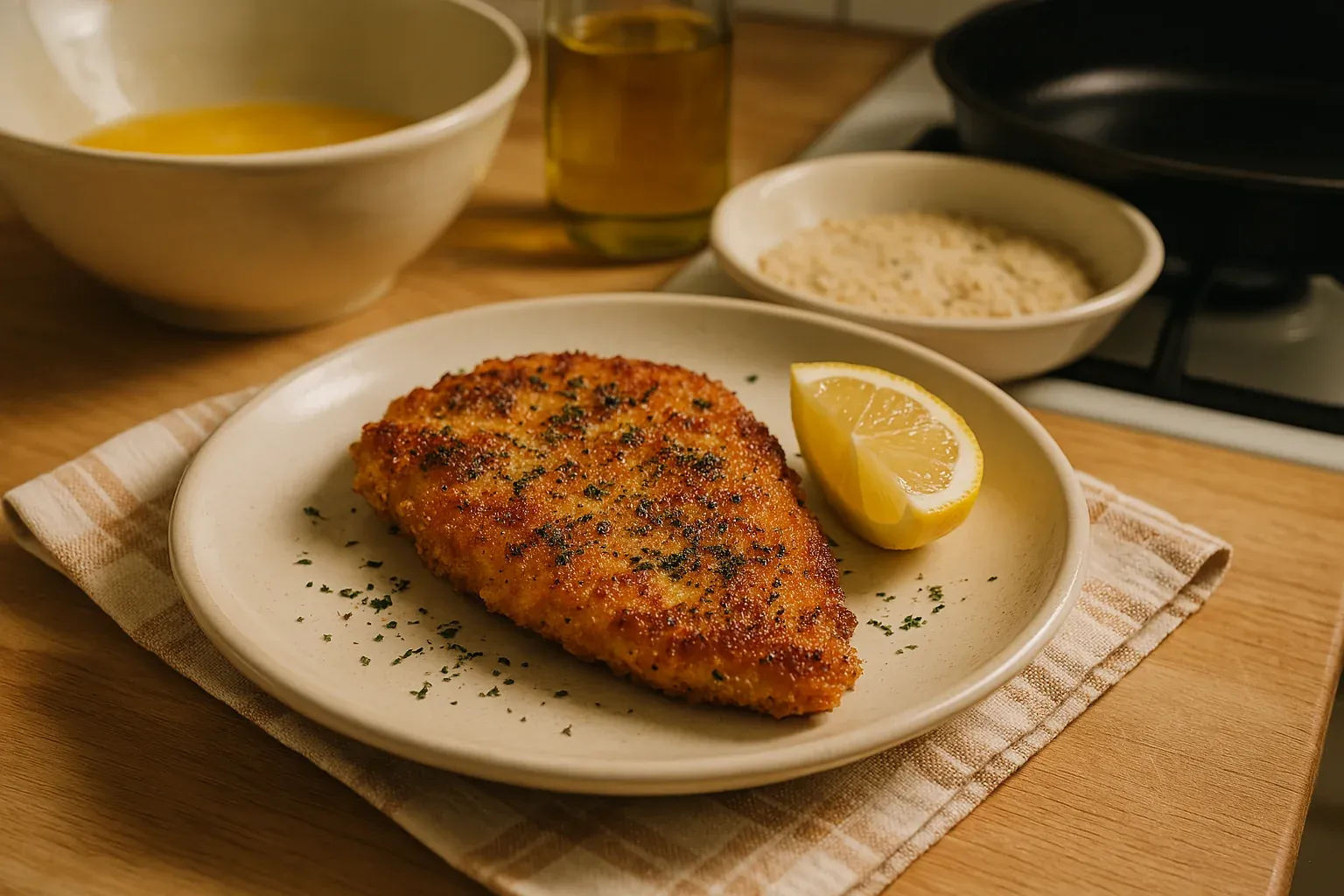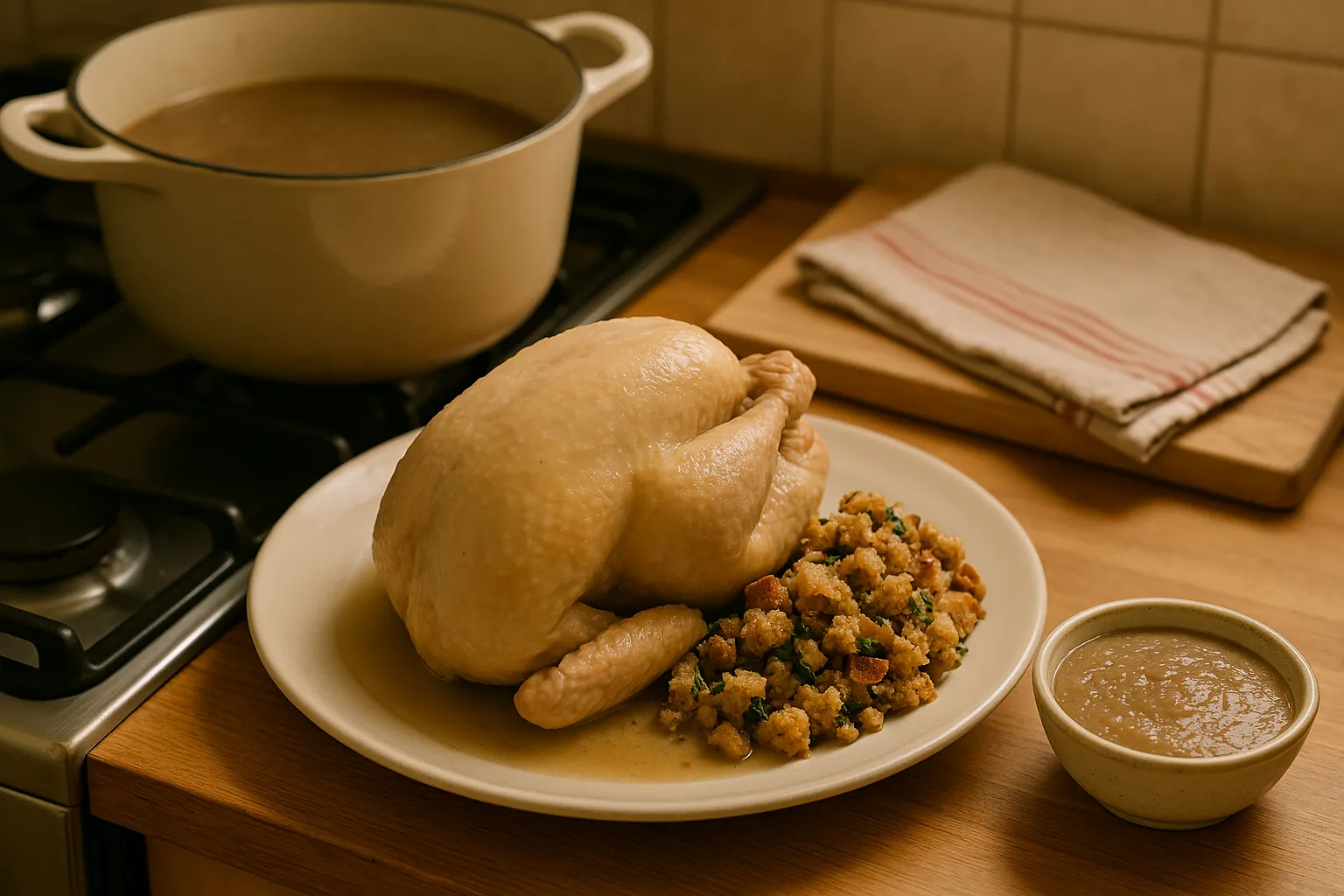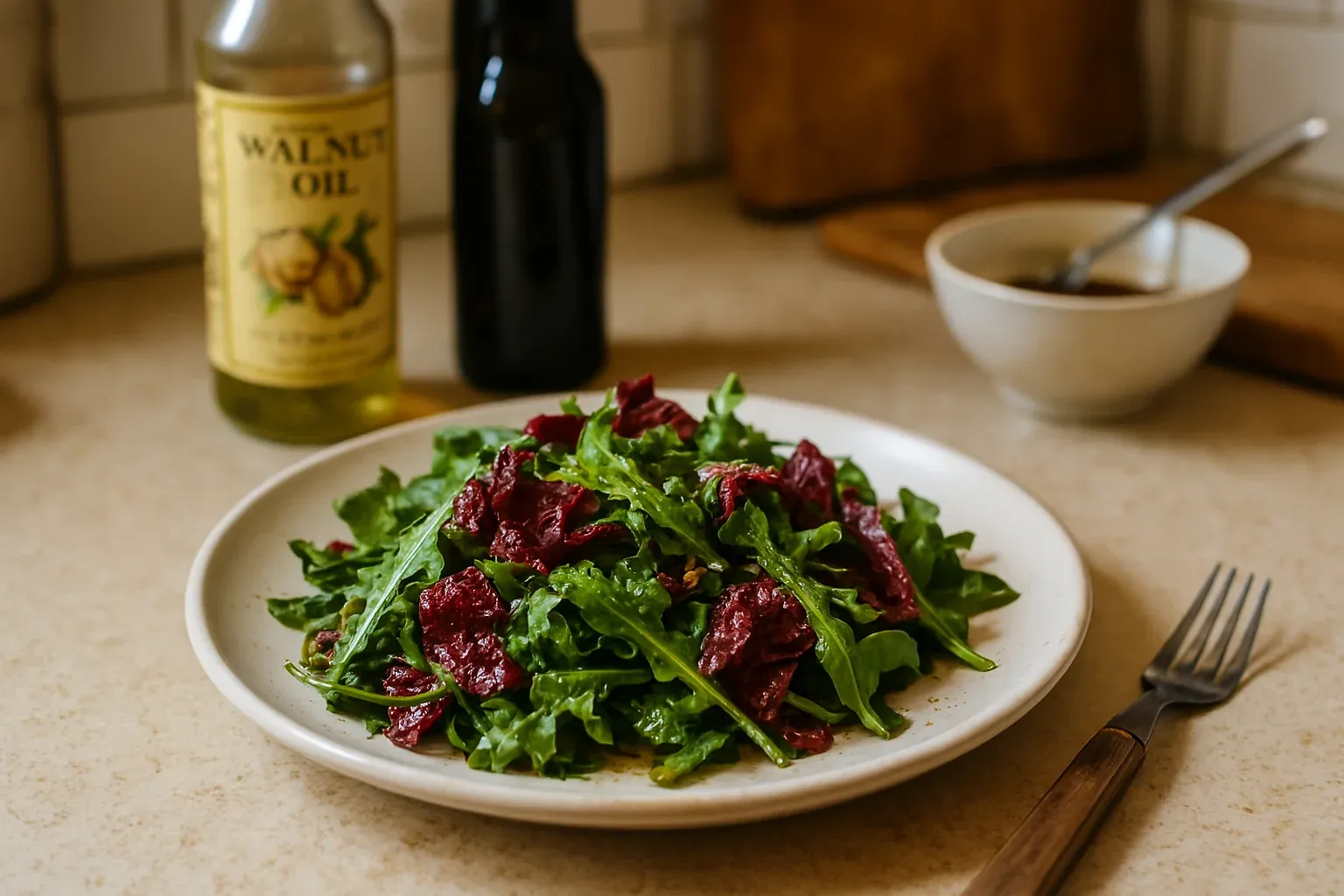Canning foods controls the growth of microorganisms the spoil foods thereby allowing foods to be stored well beyond normal storage periods. By applying heat to food in a closed jar; the natural decaying cycle is interrupted.
This heat processing destroys most of the microorganisms. After cooling, a vacuum is formed and the lid seals onto the jar. This seal ensures that canned foods will be free of spoilage provided jars are stored properly and remain vacuum-sealed. This seal prevents new microorganisms from entering and contaminating the food.
Fill sterilized, warm jars with item to be pickled and then pour in pickling liquid to the top of the jar. Get rid of any bubbles by shifting around the fruit or veggies with a spoon. You may need to top off the jar with some boiling water if you spill some of the liquid in the process. Place the rubber-lined lid on top and then screw on the outer ring. Wait until the jars cool and screw the lids on even tighter.

